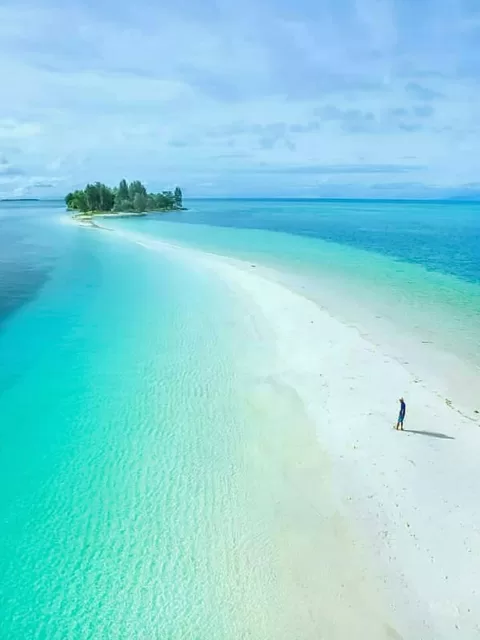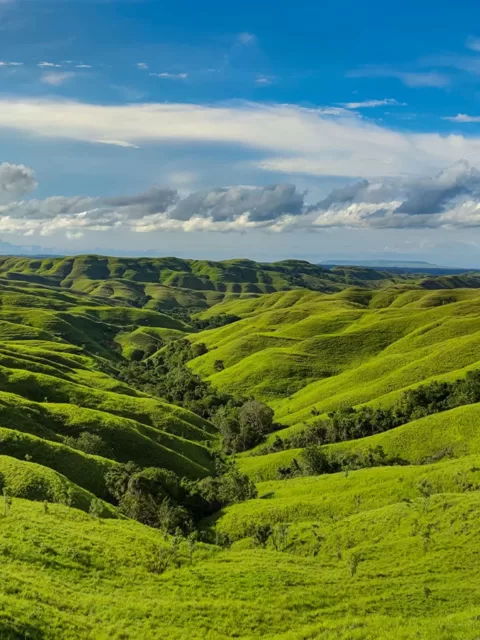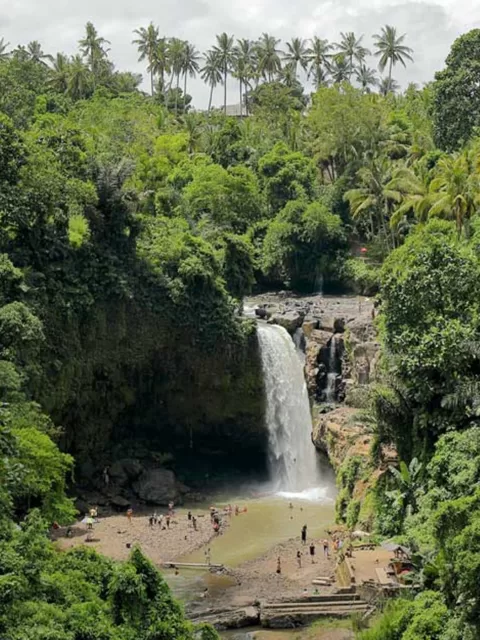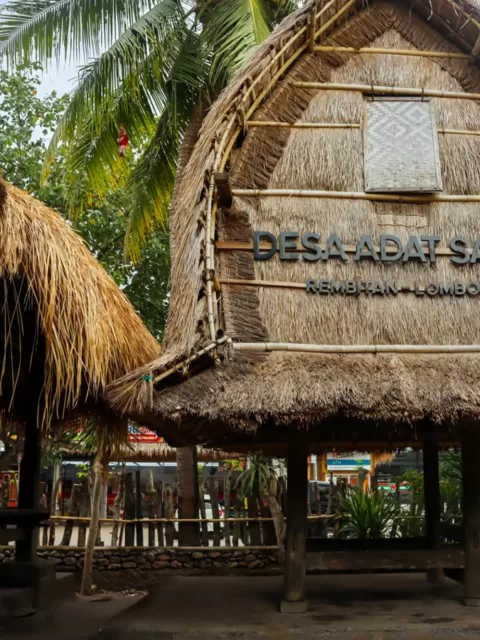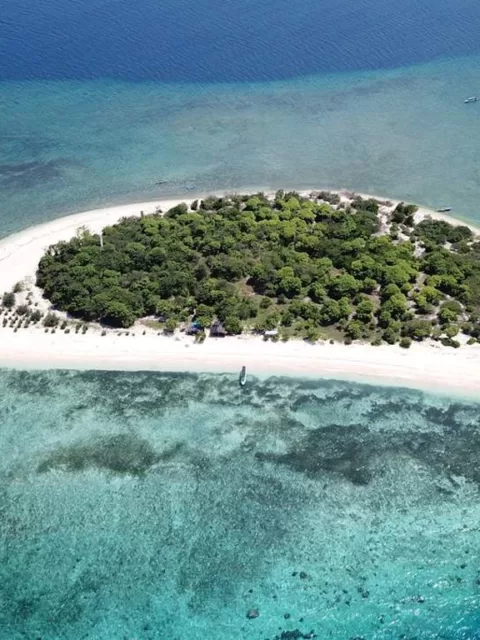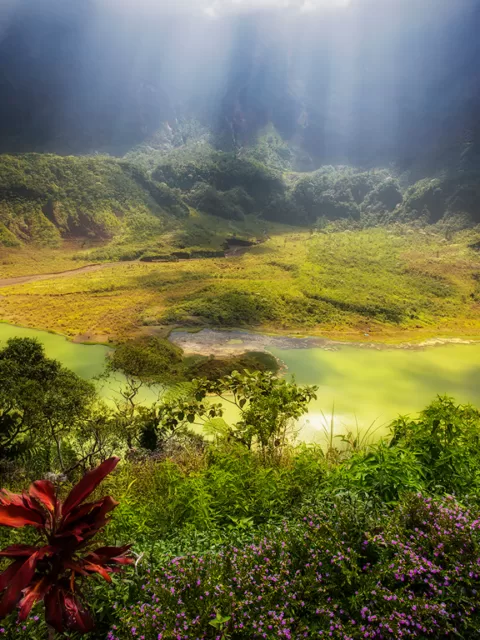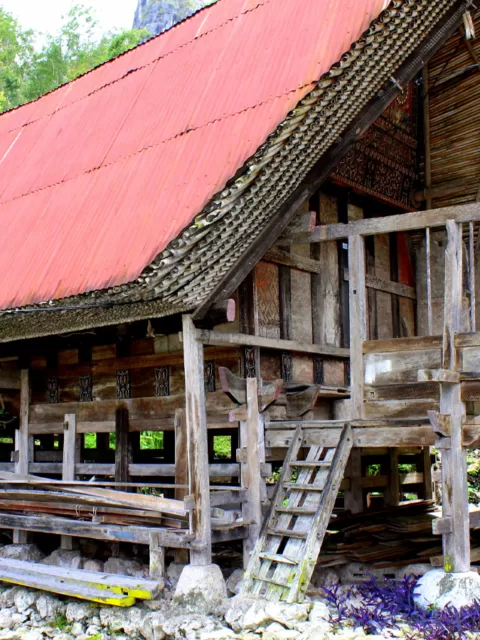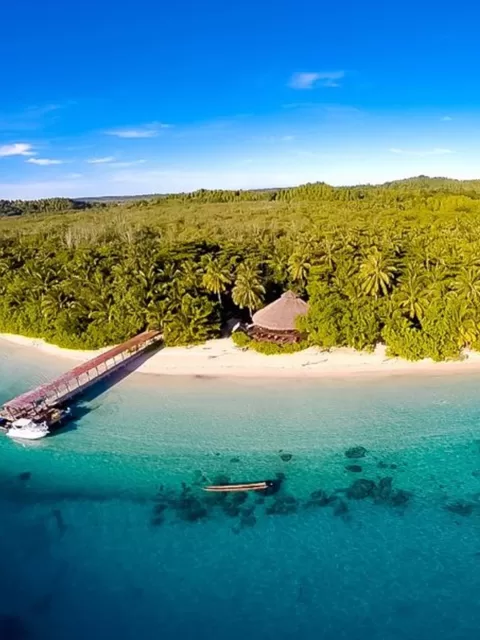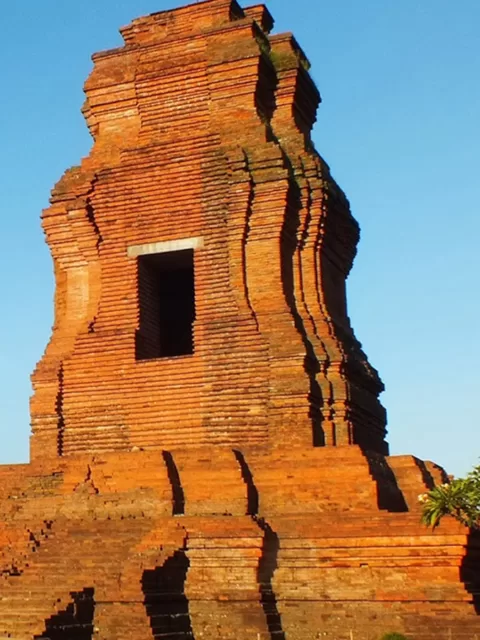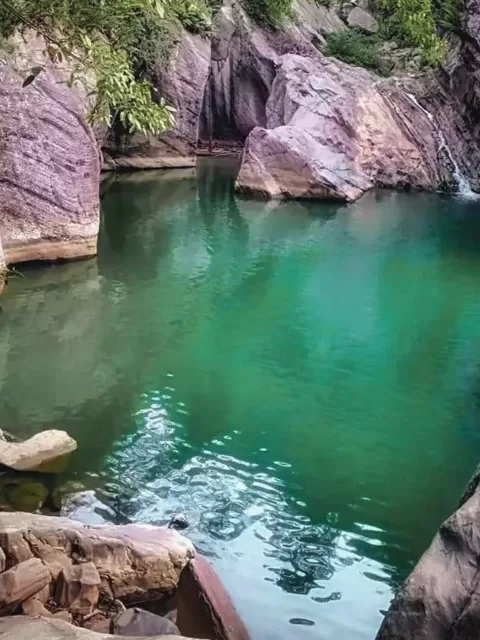Mount Papandayan Garut The Enigmatic Volcano of West Java
Introduction
Indonesia, an archipelago blessed with natural wonders, is home to a myriad of volcanoes that stand as both awe-inspiring and formidable entities. Mount Papandayan, nestled in the heart of West Java’s Garut regency, is one such enigmatic volcano. Known for its striking beauty and geological significance, it’s a destination that beckons not only adventure seekers but also those who appreciate the marvels of nature. In this 3000-word article, we will delve deep into the heart of Mount Papandayan, uncovering its geological secrets, its lush landscapes, and the allure it holds for trekkers, nature enthusiasts, and those seeking to explore the complex relationship between humans and volcanoes.
I. The Enigmatic Presence of Mount Papandayan Garut

A. The Fire Mountain of West Java
Mount Papandayan, often referred to as “Fire Mountain,” is an active stratovolcano, typical of the Indonesian archipelago. It’s part of the Garut mountain range in West Java, standing tall at an elevation of 2,665 meters (8,743 feet) above sea level. This volcano is a prominent feature of the landscape and holds great geological significance, making it an attraction for those intrigued by the Earth’s inner workings.
B. A History of Eruptions
The history of Mount Papandayan is marked by eruptions and seismic activity. Its most devastating eruption occurred in 1772, and it’s remembered as one of the deadliest volcanic events in Indonesia’s history. Over the years, the volcano has continued to display signs of activity, with eruptions in the 1920s and more recent activity in the 2000s. This volatile history has resulted in the creation of a unique landscape of craters, fumaroles, and geothermal wonders that attract geologists and adventure enthusiasts alike.
II. Geological Wonders of Mount Papandayan
Read more: Indonesia tourism official website
A. Fumaroles and Craters
One of the most captivating features of Mount Papandayan is its craters and fumaroles. The main crater, known as the Papandayan Crater, is a desolate expanse of volcanic ash and sulfur, emitting plumes of steam and gas. Fumaroles, or openings in the Earth’s crust, dot the landscape, releasing gases such as sulfur dioxide, sulfuric acid, and hydrogen sulfide. The environment around these fumaroles is stark and barren, creating an otherworldly atmosphere.
B. Queen Crater and Ratu Crater
Within the complex volcanic terrain of Mount Papandayan, the Queen Crater and Ratu Crater are particularly intriguing. These craters, named for their royal associations, offer unique geological insights. The Queen Crater is renowned for its turquoise-colored lake, a stark contrast to the surrounding desolation. The Ratu Crater, on the other hand, is an active fumarole field that emits hot gases and sulfur deposits. Together, these craters showcase the paradoxical beauty and danger that coexist in volcanic landscapes.
III. Biodiversity Amidst Volcanic Fury

A. Rich Flora and Fauna
Mount Papandayan is not just a geological wonder; it’s also a sanctuary for biodiversity. The forests surrounding the volcano are home to a rich variety of flora and fauna. Unique plant species, including mosses, orchids, and tropical hardwood trees, thrive in the volcanic soil. The lush forests are also inhabited by various bird species, while the riverbanks of Cipanas River, flowing from the mountain, attract aquatic life.
B. Conservation Efforts
Efforts are ongoing to protect and preserve the diverse ecosystems surrounding Mount Papandayan. Conservation initiatives aim to safeguard the native flora and fauna, as well as maintain the delicate balance of the volcanic landscape. Locals and authorities are actively engaged in reforestation projects and sustainable land management to ensure the long-term survival of the ecosystems.
IV. The Trek to Mount Papandayan Garut
A. Access and Base Camp
The journey to Mount Papandayan typically begins in the village of Cisurupan, located at the base of the volcano. This village serves as a base camp for trekkers and adventure seekers. The village offers accommodation, guides, and supplies for the climb.
B. Trekking Routes
There are several trekking routes to explore the beauty of Mount Papandayan. The most popular route is the Cisurupan trail, which takes trekkers through lush forests and offers an opportunity to witness the Papandayan Crater. Another route, known as the Jambu trail, takes trekkers to the Ratu Crater and its fumaroles. Both trails offer unique perspectives of the volcano’s geological features and lush landscapes.
V. Adventure in the Volcanic Realm
A. Camping and Sunrise Views
For adventure enthusiasts, camping near Mount Papandayan is an unforgettable experience. The crisp mountain air, clear night skies, and tranquil atmosphere make it an ideal spot for camping. One of the highlights of camping on Mount Papandayan is witnessing the sunrise from the summit. As the first rays of the sun pierce the horizon, the volcanic landscape comes alive in a breathtaking display of colors.
B. Photography and Exploration
Photographers, both amateur and professional, find Mount Papandayan to be a captivating subject. The juxtaposition of desolation and life, volcanic fury and natural beauty, creates a unique backdrop for striking photographs. Exploring the fumaroles, craters, and landscapes offers endless opportunities for capturing the enigmatic essence of this volcano.
VI. Cultural Significance and Human Interaction

A. Indigenous Communities
Mount Papandayan is not only a geological and ecological wonder; it also plays a significant role in the lives of the indigenous communities that reside in its vicinity. These communities have a deep connection to the volcano, and their cultural practices and traditions are intertwined with the volcanic landscape. Visitors have the opportunity to learn about the local culture and witness traditional ceremonies and rituals.
B. Education and Research
Mount Papandayan serves as an important site for scientific research and education. Geologists and volcanologists frequent the area to study the volcano’s activity, gaining insights into volcanic processes and monitoring signs of eruptions. The volcano provides a real-world classroom for students and researchers interested in earth sciences.
VII. Volcano Tourism and Sustainability
A. Sustainable Tourism Initiatives
As Mount Papandayan gains popularity as a tourist destination, there is a growing emphasis on sustainable tourism. Local communities, authorities, and environmental organizations are working to balance the influx of visitors with conservation efforts. Sustainable tourism initiatives include waste management, reforestation projects, and responsible trekking practices.
B. Visitor Education and Awareness
Visitor education is a critical component of volcano tourism in Mount Papandayan. Tour operators and guides strive to educate visitors about the geological and ecological significance of the area, as well as the importance of responsible tourism. By raising awareness, they hope to ensure that the volcanic landscape and its biodiversity are preserved for future generations.
VIII. Conclusion
Mount Papandayan in Garut, West Java, is a testament to the complex and fascinating relationship between humans and volcanoes. It stands as a geological marvel, a natural sanctuary, and a living laboratory for scientific exploration. Its allure is not limited to trekkers and adventure seekers; it beckons to all those who appreciate the beauty and volatility of our planet.
The journey to Mount Papandayan is not just a physical one; it’s a journey into the heart of Earth’s geological history. It’s a chance to witness nature’s raw power and its delicate beauty. It’s an opportunity to explore the mysteries of volcanic landscapes and their impact on local communities. And, above all, it’s a reminder of the importance of preserving these enigmatic wonders for future generations to marvel at and learn from. As Mount Papandayan continues to reveal its geological secrets and ecological treasures, it stands as a living testament to the forces that shape our world and the resilience of life in the face of adversity.



